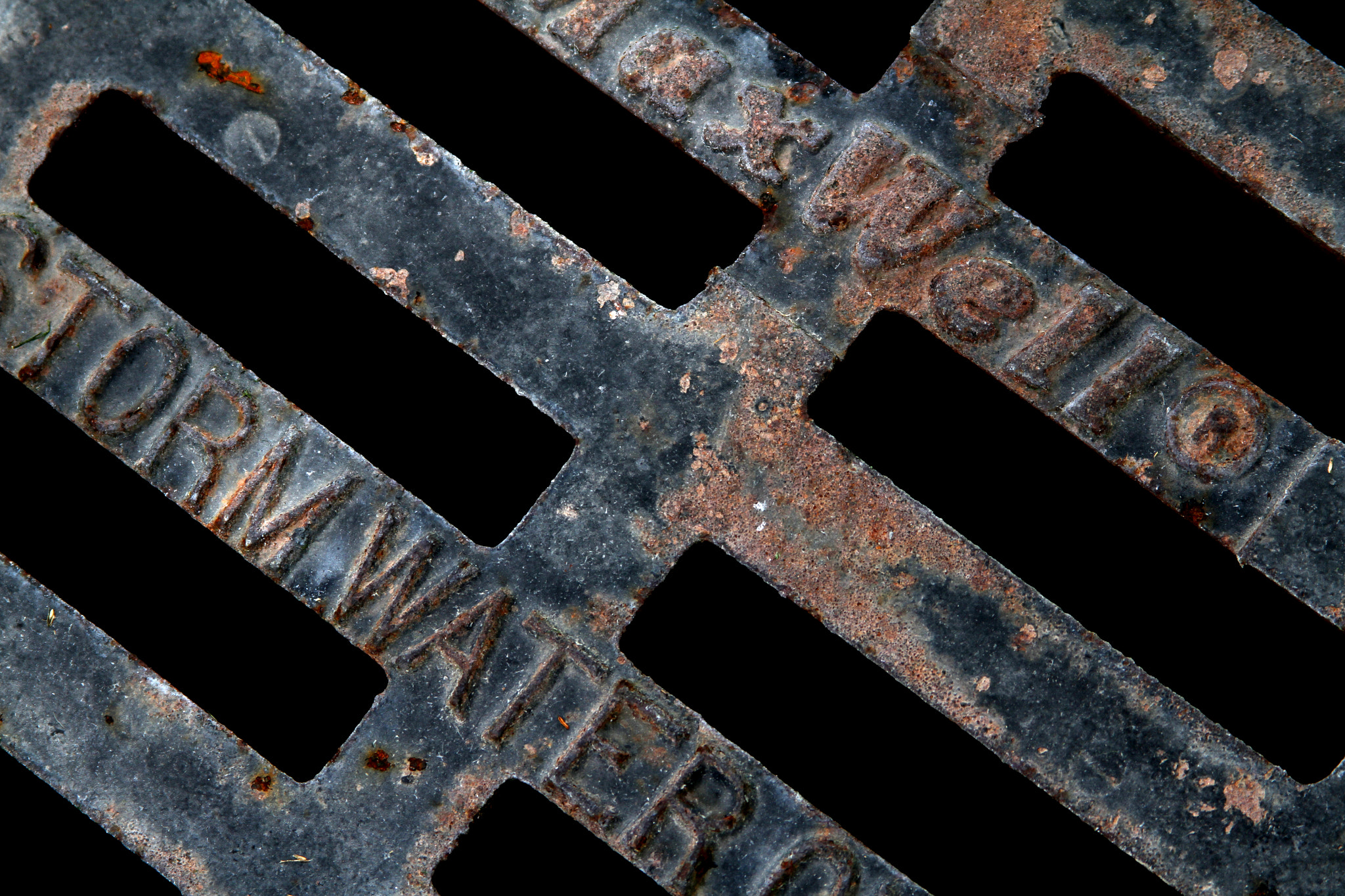Don’t Sub on a Stormwater Regulated Site Until You’ve Read This Article
The stormwater permit for construction requires the developer/contractor to ensure that subcontractors or other outside service providers understand and follow the requirements of the permit and the SWPPP pertaining to the specific project and that the subcontractor follows the stormwater requirements.

Why is the Municipality Coming By?
Failure of the governing municipality (MS4) to assure compliance by the contractor and failure of the contractor to follow the stormwater requirements of the permit can bring non-compliance actions of fines for the city and/or the contractor, and even cause the construction project to be shut down.
To prevent pollutants or sediment from leaving the construction site, there should be a SWPPP (Stormwater Pollution Prevention Plan) and a SWPPP map that identifies where stormwater controls are located.
How do I use a SWPPP?
You should refer to the SWPPP and SWPPP map to see what BMPs (Best Management Practices) are being utilized and where all BMPs are supposed to be. You can ask the project manager or site superintendent for access to or a copy of the SWPPP and SWPPP map if you need one.

What are Corrective Actions?
Under stormwater regulations, there will be regular site inspections to identify if there are any problems with the site BMPs. If a problem is identified, it will be noted as a corrective action item that must be remedied within a specified time period, usually 7 days or less.
You should communicate closely with the project manager and site superintendent regarding any concerns with stormwater compliance for the project and be sure you are familiar with the SWPPP and SWPPP map.
Sample BMPs
Dirt ramps should never be used to gain access to the site. If necessary, other kinds of ramps should be used, such as silt sifter bags, rubber bags, or asphalt bags.
When hauling materials onto the site, be sure you are entering at designated entrances. If there is a designated exit on the lot, then you should always exit there. You must avoid tracking sediment from the lot. Tracking applies to all vehicles and equipment.
If you don’t need to drive onto the site or onto the lot then keep your vehicle on the street.
StabIlized exits are often done by using rocks large enough to shake the vehicles so that dirt is not tracked out of the exit. A geotextile should be placed under the rock to prevent the rock from being pushed down into the sediment or mud. Sometimes washing of tires is necessary to assure no tracking from the site. If trackout does occur, then it needs to be swept up as soon as possible, no later than the end of the day.
Hydraulic lines on trucks, lifts, and cranes can break. Be sure that a spill kit is available to contain the hydraulic oil if a line break occurs. If a hydraulic line does break the first thing to do is to prevent the oil from getting into the storm drain. Contain the oils in order to start the cleanup. Once the spill is contained then use absorbents to clean up the oil. Once the oil is absorbed then the absorbents need to be swept up and scooped into a bag, bucket, or bin and properly disposed of at a licensed facility.
When mixing drywall mud, paint, or grout on-site, the mixing area needs to have plastic on the ground and be contained within the designated area. If there is any spillage outside of the containment it must be cleaned up and disposed of in the concrete washout.
Washing of applicators must be done in a designated washout. Washout waters should never be on the dirt. The washout can be a specific washout or the concrete washout. If paint is oil-based, it cannot go into the concrete washout. If the tools are washed into a bucket it needs to be sealed so that it doesn’t spill while being transported.
At the end of each day, all trash and debris will need to be cleaned up and contained within the dumpsters on site. The trash and debris need to be contained on-site and properly disposed of. The site needs to be kept clean and organized.
Once storm inlets are installed, you should be careful not to damage the inlet protection.


Wow, great work. I’m glad I came here. Very insightful article on stormwater.